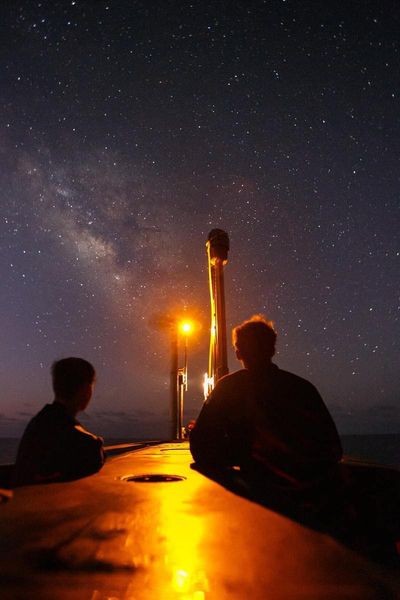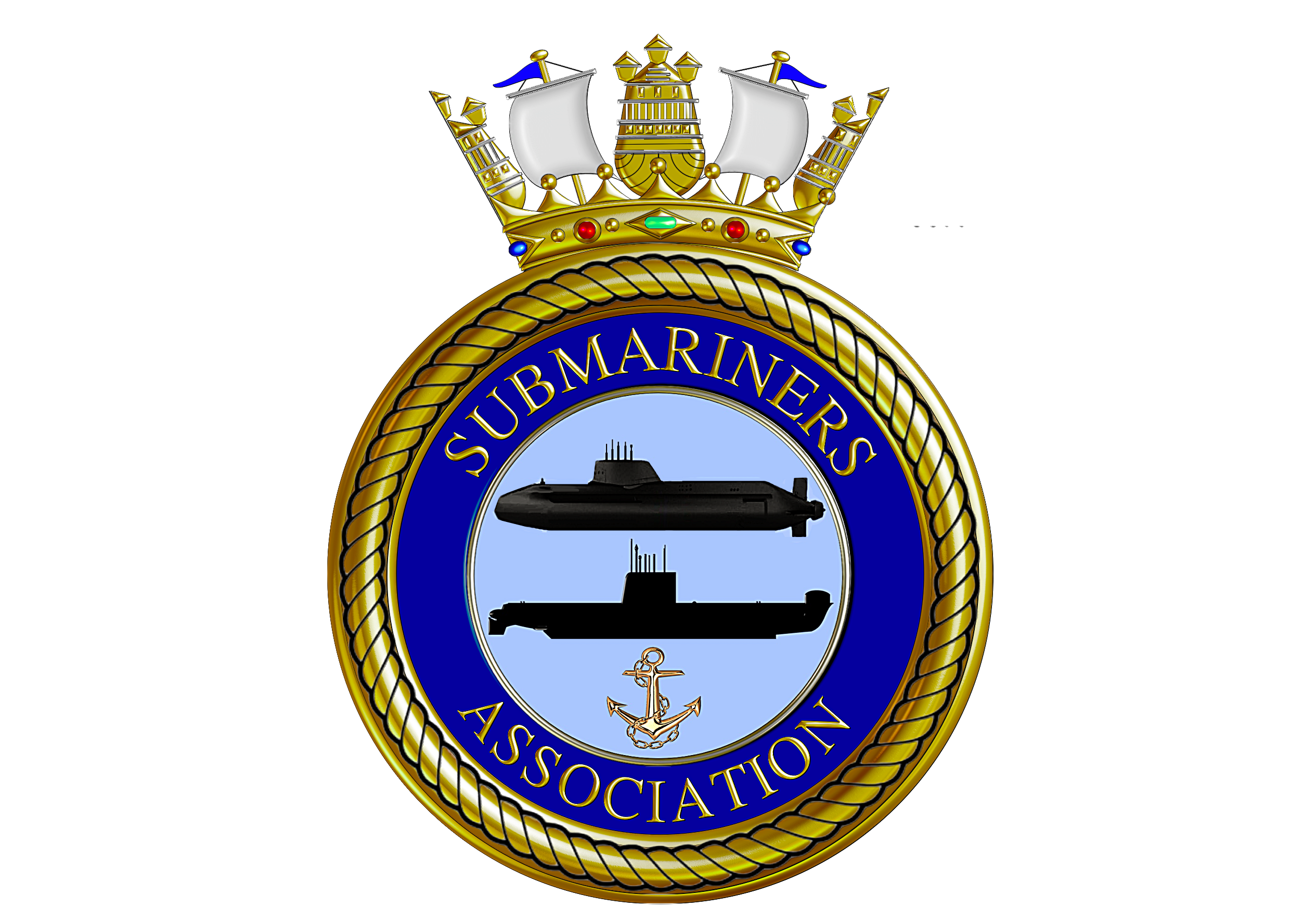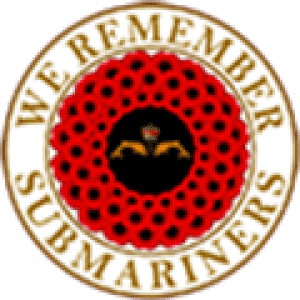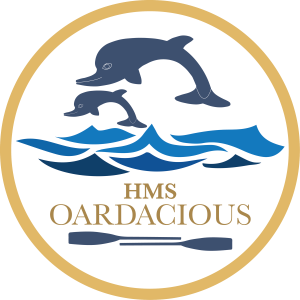The Royal Navy newest and most advanced hunter-killer submarine is now on the verge of joining the operational cycle following intensive tests in the Atlantic.
HMS Anson, the fifth of the Royal Navy’s Astute-class boats, conducted trials off the east coast of the United States and in the Caribbean Sea, rigorously testing her state-of-the-art systems and weaponry.
The Astute-class nuclear-powered submarines are the largest and most advanced attack submarines ever operated by the navy, capable of launching long-range Tomahawk missiles to accurately hit land targets and lethal Spearfish torpedoes to defeat enemy submarines.
Coupled with that, Anson and her operational sisters – Astute, Ambush, Artful and Audacious – are capable of circumnavigating the globe while submerged, producing their own oxygen and drinking water to sustain the crews on arduous and lengthy deployments.
Therefore, this advanced submarine, which left the shipyard in Barrow-in-Furness in February last year – needs extremely thorough trials and tests before joining her sisters on operations.
Anson spent time in waters off the UK coast and then sailed further north of Scotland to test her weapons systems with successful firings of both Spearfish and Tomahawk test missiles.
The tests and trials intensified into the Atlantic as Anson headed to the Atlantic Undersea Test and Evaluation Center (AUTEC) in the waters around the Bahamas.
The US Navy’s AUTEC base gathers together world-leading experts and technology next to a natural wonder. The ranges off Andros Island – south-west of Nassau – are centred on a natural phenomenon, the Tongue of the Ocean, a huge deep-water bowl carved out of coral reef.
It’s 20 miles wide, 150 miles long, some 6,000ft deep in places and crammed with sensors and hydrophones to record reams of data on how well a submarine, torpedo or sonar is performing.
Tests at AUTEC are crucial to Anson’s future operations, ensuring she can hunt adversary submarines without detection.
The sea trials also gave the crew the chance to get ashore to Andros Island.
“The opportunity for the majority of the Ship’s Company to get spend a few days on Andros was fantastic,” a submariner said. “This afforded us a few days of rest from the sea trials we were conducting and allowed us to spend time on the beach in the sun relaxing and playing volleyball with base personnel.”
Before heading home, she completed on further round of system testing.
There was also some downtime in this jam-packed schedule, with maintenance at US Navy submarine base at Kings Bay in Georgia.
Anson’s crew got to meet and spend time with the company of a US Navy Ohio-class ballistic missile submarine.
One submariner said: “It was a great opportunity to see a new place and meet new people. I’d never been to the US before.
“It was great to be hosted by the boat, we were very grateful to be invited.”
Meanwhile, 14 UK submariners visited US military college The Citadel in Charleston. Personnel met with the 4* US Marine Corps General and learnt about the close ties the college had with the Submarine Service following operations in the Second World War.
Being the first Royal Navy unit to visit since 1998, Anson conducted a memorial ceremony at the HMS Seraph Memorial on the College grounds.
And while in Caribbean waters Anson carried out a ‘hands to bathe’ as sailors stepped onto the submarine’s hydroplanes and dived into the warm waters to sign off on a busy deployment.
It was a great opportunity to see a new place and meet new people. I’d never been to the US before.
HMS Anson submariner
Article originalyy published by RN Media Royal Navy’s newest hunter-killer submarine edges towards front-line operations (mod.uk)


